| Immigrants Deported, by U.S.
Hospitals |
|
|
|
 |
| Eight years ago, Mr. Jiménez, an illegal immigrant working
as a gardener in Stuart, Fla., suffered multiple traumatic injuries in a
deadly car crash with a drunken Floridian. An ambulance brought Mr. Jiménez
to Martin Memorial, a 59-year-old not-for-profit hospital on the banks of
the St. Lucie River in Stuart. The community hospital saved his life, twice,
and, after failing to find a rehabilitation center willing to accept an
uninsured patient, kept him as a ward for years. Photo: Josh Haner/The New
York Times |
|
|
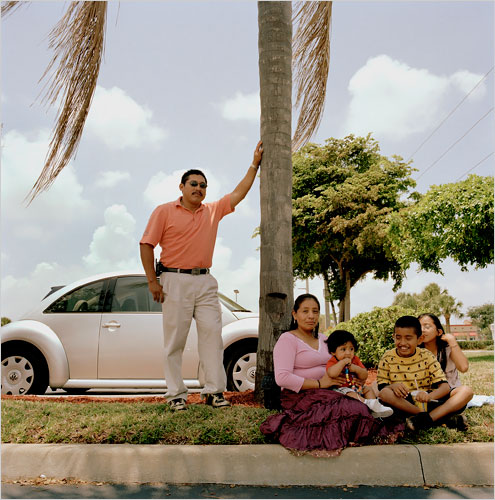 |
| Jiménez's relatives in Florida were shocked by how the
accident had changed him. After intensive surgical and medical intervention,
Mr. Jiménez survived, but spent more than a year in a vegetative state. "He
was no longer Luis; he was another person," said Montejo Gaspar Montejo,
left, his cousin by marriage. "He didn't talk. He didn't understand
anything. He stayed curled up in a ball. But he was alive." Photo: Josh
Haner/The New York |
|
|
|
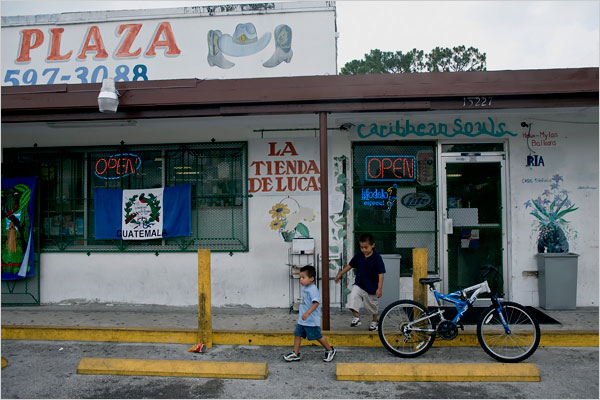
|
| Propelled by a migrant's dreams, Mr. Jiménez's journey
north was not supposed to end as it did. When Mr. Jiménez borrowed thousands
of dollars to pay the smugglers who delivered him to the United States, he
envisioned years of labor on the lawns of affluent America and then a
payoff: the means to buy land of his own, to cultivate his own garden, back
in Guatemala. At the time of the accident, he was living in a place called
Indiantown, Fla., where, coincidentally, Guatemalan Mayan immigrants have
settled. Photo: Josh Haner/The New York Times |
|
|
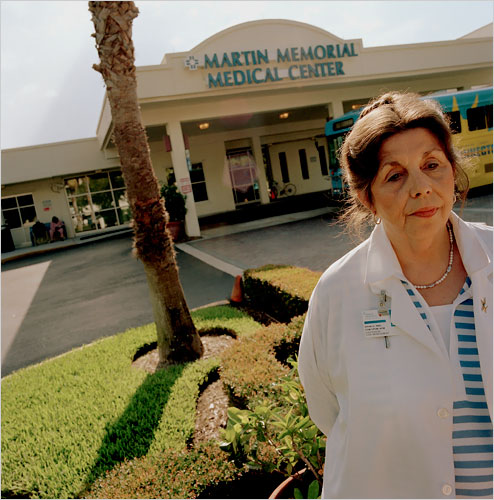 |
| Diana Gregory, a nurse who supervises case management and
discharge planning, said that Mr. Jiménez -- "I will affectionately call him
Louie" -- became "like family" to the hospital staff at Martin Memorial,
which bought him birthday cakes, knitted him blankets and gave him toys. Ms.
Gregory eventually escorted Mr. Jiménez to Guatemala. Photo: Josh Haner/The
New York Times |
|
|
|
 |
| Shortly before daybreak on July 10, 2003, an ambulance
picked up Mr. Jiménez at the hospital and drove him to the St. Lucie County
airport, where an air ambulance waited to transport him back to Guatemala.
His cousin, Mr. Gaspar, was not apprised. Mr. Jiménez was deported not by
the federal government but by the hospital, Martin Memorial. After having
spent $1.5 million to care for Mr. Jimenez, Martin Memorial leased an air
ambulance for $30,000 and "forcibly returned him to his home country," as
one hospital administrator described it. Photo: Josh Haner/The New York
Times |
|
|
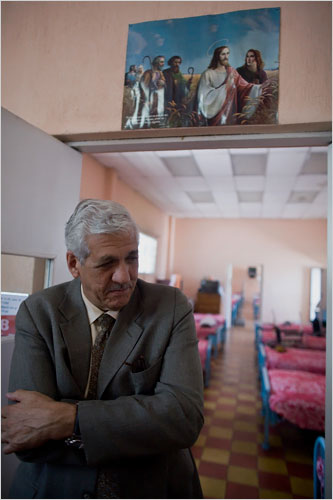 |
| Dr. Miguel Garcés, a prominent Guatemalan physician and
public health advocate, said that serious rehabilitation, of the kind that
Mr. Jiménez needed, "is almost nonexistent" in Guatemala outside private
facilities. Before Mr. Jiménez was deported, Dr. Garcés predicted that Mr.
Jiménez would be taken in by the country's one public rehabilitation
hospital and then released in a matter of weeks to his family in the
countryside. He was proved right. Photo: Josh Haner/The New York Times |
|
|
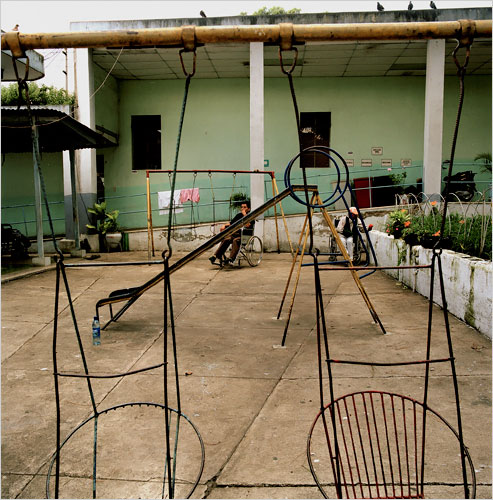 |
| Immaculately clean but dilapidated, Guatemala's National
Hospital of Orthopedics and Rehabilitation, where Mr. Jiménez was brought on
his return from Florida, operates on a shoestring budget of approximately
$400,000 a year. Photo: Josh Haner/The New York Times |
|
|
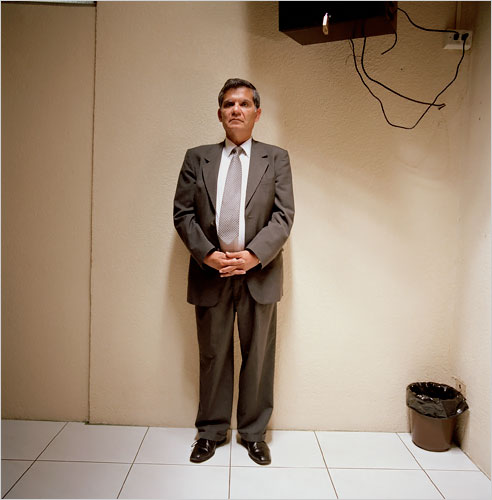 |
| Dr. Harold Von Ahn, who was director when Mr. Jiménez arrived
and now oversees public hospitals for the health ministry. Several
times a year, American hospitals send patients to the National
Hospital, which accepts them "because they're Guatemalans," Dr. Von
Ahn said. Dr. Von Ahn said that he believed that American hospitals
were dumping patients that should be their responsibility. Photo:
Josh Haner/The New York Times |
|
|
| More
Images |
|
|







